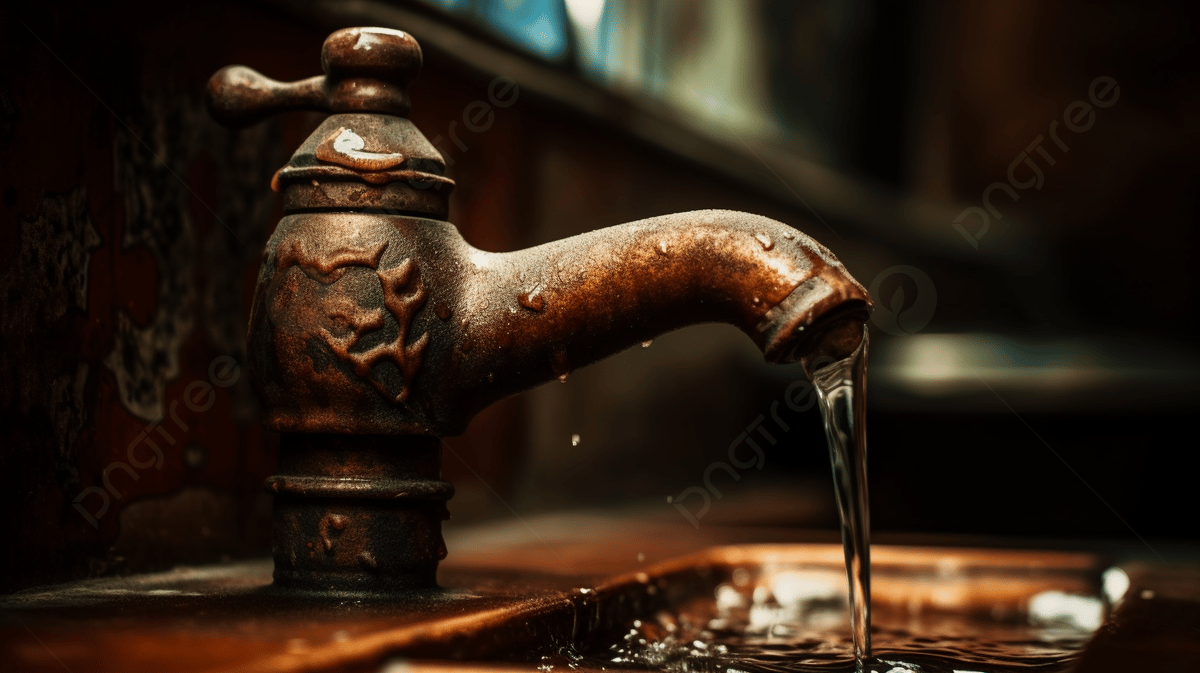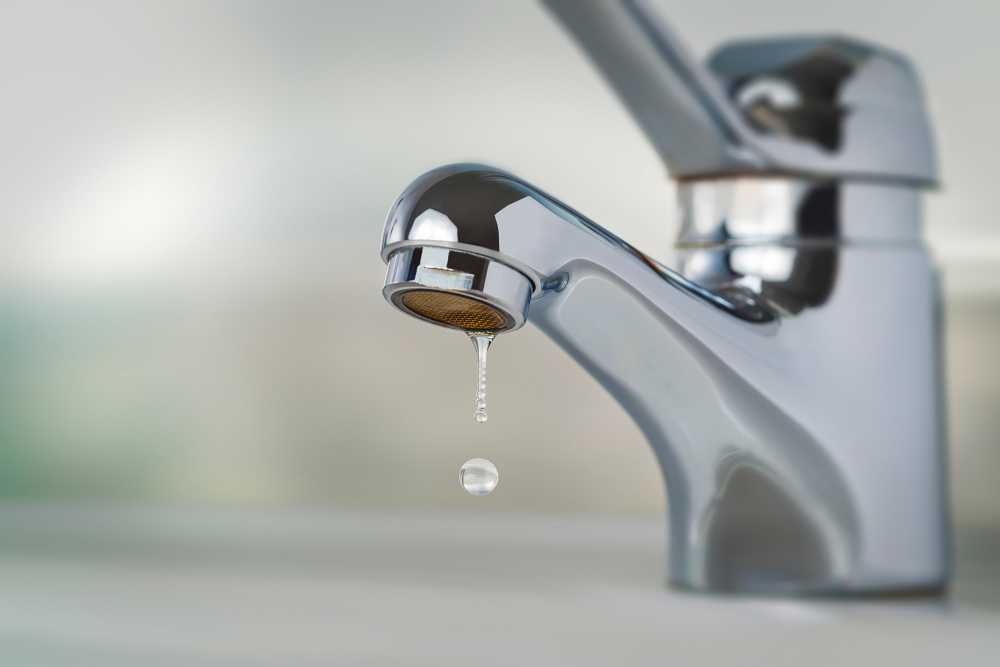Learning the Consequences of Continuous Dripping
Learning the Consequences of Continuous Dripping
Blog Article
What're your opinions with regards to The Environmental Impact of Leaky Faucets?

Intro
A leaking faucet could look like a minor nuisance, but its effects extend far past the occasional drip. Recognizing the effects of a dripping faucet is vital for both homeowners and the atmosphere. In this write-up, we'll explore the different influences of this usual household problem and why resolving it promptly is vital.
Root Causes Of Leaky Faucets
Dripping taps can arise from a selection of factors, including wear and tear, high water pressure, and corrosion. Over time, the constant use of taps can bring about damaged seals and gaskets, triggering leaks to develop. In addition, too much water stress can put strain on plumbing components, bring about leaks. Corrosion and corrosion can likewise compromise faucet parts, making them susceptible to leakage.
Water Wastefulness
Among the most substantial consequences of a dripping faucet is water wastefulness. Even a tiny drip can add up to gallons of wasted water with time. This not only increases water bills however also contributes to water deficiency and environmental destruction. Dealing with dripping faucets quickly is critical for conserving this valuable source and minimizing its effect on the world.
Financial Influence
In addition to wasting water, leaky faucets can likewise have a substantial economic influence. Raised water costs are a straight consequence of water wastage, costing homeowners hundreds of dollars annually. Moreover, the price of fixing water damages triggered by leaks can be substantial, especially if left neglected for a prolonged period.
Environmental Influence
The environmental impact of dripping faucets extends past water waste. By conserving water, home owners can contribute to more comprehensive initiatives to reduce water deficiency and safeguard all-natural ecological communities. Sustainable choices such as rainwater harvesting and water-efficient components can further minimize the ecological footprint of family water use.
Technological Solutions
Innovations in technology have brought about the development of smart faucets and water-saving gadgets that help reduce water waste. Smart taps use sensing units to discover activity and readjust water flow appropriately, minimizing waste without giving up ease. Water-saving devices such as aerators and low-flow showerheads are also effective in conserving water without compromising performance.
Global Point of views
While leaking faucets may feel like a local concern, they add to wider global challenges such as water deficiency and environment change. In areas currently dealing with water stress, every decline counts, making leak prevention and fixing necessary. By adopting water-saving techniques and investing in lasting innovations, homeowners can play their component in addressing these pushing international problems.
Governing Steps
Federal government regulations play a critical role in alleviating the influence of leaky faucets and advertising water preservation. From building codes that call for water-efficient fixtures to water-saving rewards and refunds, policymakers have a series of devices at their disposal. By carrying out and applying these laws, federal governments can ensure that property owners prioritize water conservation in their lives.
Community Impact
Addressing leaky taps calls for collective efforts at the community degree. By elevating understanding about the importance of water preservation and offering resources for leakage detection and repair, neighborhood authorities can equip homeowners to do something about it. Efforts such as water-saving rebate programs and leakage detection projects can incentivize actions modification and advertise accountable water use.
Case Researches
Real-life examples of the effect of dripping faucets highlight the relevance of proactive upkeep and prompt repairs. From water damage to increasing water bills, the repercussions of neglecting leakages can be severe. By sharing these case studies, property owners can much better recognize the value of addressing leaky faucets quickly.
Educational Campaigns
Educational campaigns play an important function in raising understanding about the effects of leaky taps and advertising water preservation methods. With workshops, seminars, and online sources, house owners can discover exactly how to spot and fix leakages themselves. By equipping individuals with expertise and tools, educational projects can foster a society of responsible water use within neighborhoods.
Health and wellness Problems
Leaky faucets can produce conducive settings for mold and mold growth, posturing health and wellness threats to residents. The visibility of mold can worsen respiratory problems and allergic reactions, particularly in susceptible people. Additionally, water damage arising from leakages can endanger the structural integrity of buildings and result in expensive fixings.
Do it yourself vs. Professional Repair
When faced with a leaky faucet, property owners typically dispute whether to attempt repair work themselves or employ a professional plumber. While DIY fixings can conserve money, they may not constantly resolve the hidden problem effectively. Specialist plumbers have the proficiency and tools to detect and repair leakages properly, guaranteeing lasting services and peace of mind for house owners.
Preventive Measures
Protecting against leaky taps requires normal upkeep and proactive steps. Straightforward tasks such as changing damaged washers and seals can avoid leakages from creating. Additionally, upgrading to high-grade fixtures and decreasing water stress can aid lengthen the lifespan of faucets and reduce the danger of leaks.
Final thought
To conclude, the effects of a leaky faucet extend far beyond the occasional drip. From water wastage and increased water bills to wellness problems and ecological influence, the repercussions of neglecting leaks can be significant. By addressing dripping faucets quickly and adopting water-saving techniques, house owners can reduce these results and contribute to a more lasting future.
Why You Shouldn’t Ignore a Leaky Faucet in Your Home
What Causes a Leaky Faucet?
Various factors can cause a leak, from loose and worn-out parts to corrosion. Your faucet has four essential components from which most plumbing issues will stem: the O-ring, the valve seat, the washer and the gasket.
What Is an O-Ring?
The O-ring is a stem screw that fastens parts of the faucet in place, preventing water from leaking out of the spout. Depending on your faucet type, the stem might have multiple O-rings. Water will drip from the faucet’s handles and base if this part breaks or deteriorates.
What Is a Valve Seat?
The valve seat controls the flow and temperature of the water. Found at the base of the handle, it works as a seal for the faucet’s stem. The valve seat ensures the water is allowed to flow or is blocked as the handles dictate. You’ll know it’s malfunctioning when water leaks from your faucet’s sides.
What Is a Gasket?
The gasket is found between the water inlet and the valve stem. It creates a seal between the faucet and the sink, holding its joints by aerators attached to the stem’s head. Water will trickle out from the base if the gasket isn’t working.
What Is a Washer?
The washer secures the handles and prevents leakage, serving a similar purpose to the O-ring. While the O-ring is ordinarily round and made from an elastic material, such as rubber, the washer is square-shaped and composed of brass, copper and other hard metals. If it malfunctions, corrodes or has been improperly installed, water will leak out of the handles, causing that incessant faucet drip.
Why Is a Leaky Faucet Dangerous?
A leaky faucet left alone for too long can have significant consequences.
Pest Infestations
Since bugs and rodents gravitate towards the scent of water, a leaky faucet will draw pests to your sink. Both are looking for leaks accessible through crawl spaces, which a faucet provides. If you leave water dripping for too long, you run the risk of an infestation.
Rust
If one of the faucet parts has started to corrode, the resulting rust can spread to your pipes and valves with startling speed. The rust might even lead to cracks or other impairments, resulting in more severe plumbing issues.
Your sink could also sustain damage from a leaky faucet. The water in your tap possesses sparse elements of calcium and iron that can stain your sink with repeated and prolonged exposure. Once those elements in the water have been open to the air for some time, your sink will start to rust, creating marks that can be difficult to remove.
https://www.tomsmechanical.com/blog/why-you-shouldnt-ignore-a-leaky-faucet-in-your-home

I'm very enthusiastic about The Environmental Impact of Leaky Faucets and I hope you enjoyed the entire page. Be sure to pause to promote this blog posting if you liked it. Many thanks for taking the time to read it.
Report this page